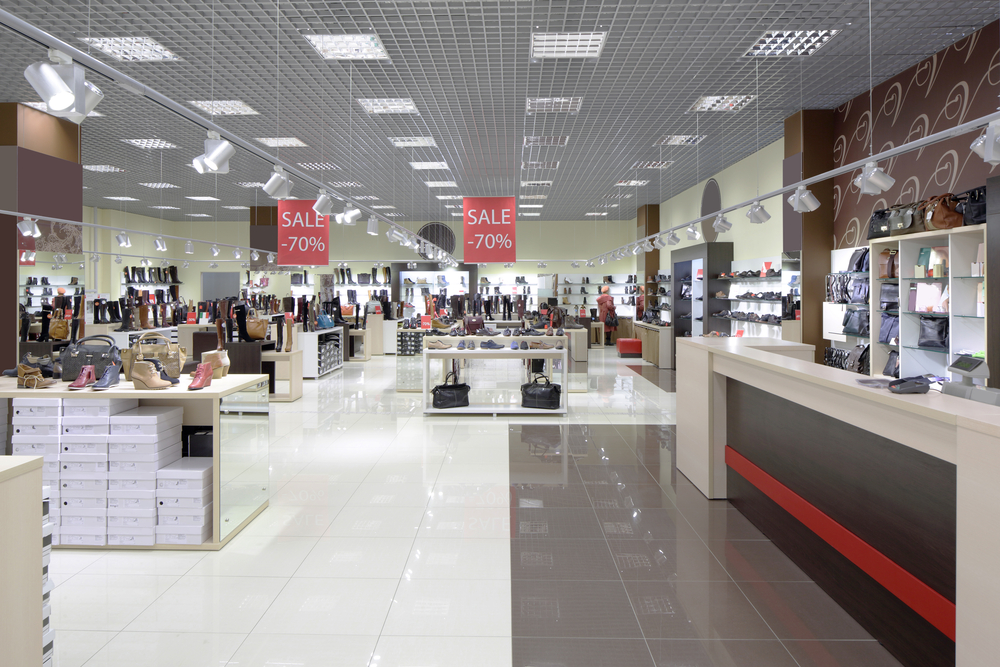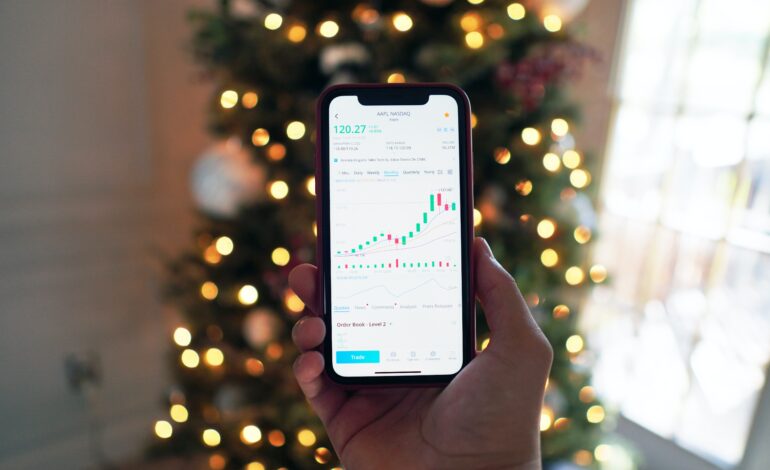
The rise of e-commerce has significantly transformed the retail landscape and consumer behavior in recent years. With the increasing availability of the internet, mobile devices, and improved logistics, online shopping has become a convenient and popular way for consumers to purchase goods and services.
This growth has accelerated in recent years as e-commerce has grown from representing less than 1% of total retail sales in 1990 to approximately 12% today. While this growth has been most pronounced in developed markets such as North America and Western Europe, emerging economies are also experiencing rapid growth in their e-commerce sectors.
Let’s explore how e-commerce is changing retail:
Convenience and Accessibility
E-commerce platforms provide consumers with unparalleled convenience and accessibility. Shoppers can browse through a vast range of products from the comfort of their homes, eliminating the need to visit physical stores. This convenience has led to a shift in consumer preferences, especially among younger generations who are more tech-savvy.

This is because e-commerce platforms make it easy for shoppers to find what they’re looking for and purchase it, without having to deal with any inconvenience or hassle. The ability for customers to shop at any time of the day or night has also contributed towards this shift in preference, as consumers are able to access these platforms whenever they want.
Global Market Reach
Globalization has changed the way businesses operate. With e-commerce, retailers can easily expand their operations globally, offering products and services to customers worldwide. This globalization of markets has opened up new opportunities for small and medium-sized businesses to compete on a global scale.
The ability to reach customers around the world is one of the biggest reasons why online shopping has become so popular. The internet gives consumers access to a huge variety of products from all over the world at their fingertips, making it easier than ever before for people from different cultures and regions to connect and engage with each other.
Personalization and Data Analytics
Personalization and data analytics are one of the most powerful tools in e-commerce. The ability to customize the shopping experience for each customer is a great way to build loyalty and increase satisfaction.
Personalization can be as simple as sending a coupon code to customers who’ve bought a certain item in the past. Or it could be something more complex, like analyzing your customers’ purchase history to suggest new products that would interest them. A retailer might also know that a specific customer is likely to buy a new pair of shoes when the weather gets warmer, so they can send you an email about new spring styles coming out soon!
The possibilities are endless, but all this information helps retailers make better decisions about their inventory, marketing campaigns and overall strategy for success.
Changing Consumer Behavior
The convenience of online shopping has altered consumer behavior significantly. Customers now expect quick and seamless shopping experiences, with options for fast delivery, easy returns, and hassle-free transactions. This shift in expectations has forced traditional brick-and-mortar retailers to adapt and improve their services to stay competitive.
For example, Amazon Prime Now offers free two-hour delivery in more than 30 major cities nationwide. Customers can simply order items on their mobile app or website, then choose a delivery window when they want it delivered—that’s it! Other retailers like Target and Walmart are also offering same-day delivery services through partnerships with Instacart or Google Express respectively.
Online shoppers are also expecting more from their mobile apps than just easy checkout options—they’re looking for information about products that will help them make informed decisions about what they buy and how much they spend. According to a survey by Baymard Institute, “mobile users want product information displayed prominently within apps so that they can quickly compare prices across different stores.”
Impact on Physical Retail Stores
The rise of e-commerce has had a notable impact on brick-and-mortar retailers. Many traditional retailers have faced challenges, with some closing down physical stores due to increased competition from online platforms. However, some businesses have successfully integrated online and offline operations, offering omnichannel experiences to their customers.

With the advent of e-commerce, many people are now able to buy products online without having to go to a physical store. This has led to a decline in footfall at retail stores and resulted in an increase in the number of retailers facing bankruptcy. However, some businesses have found ways to survive by offering more than just products – they also provide services such as delivery and returns. This has helped them stay afloat during difficult times and continue providing value for their customers.
Sustainability and Logistics
Today, online shopping is a $500 billion industry and growing. As more purchases are made online, there are increasing concerns about its environmental impact, particularly in terms of packaging waste and delivery emissions. E-commerce companies are working on implementing more sustainable practices and eco-friendly packaging options to address these concerns.
One way that e-commerce companies are addressing these concerns is by using renewable materials like recycled paper or plant-based plastics for shipping boxes, reducing the amount of plastic and cardboard needed for packaging by introducing reusable packaging options like reusable shopping bags or reusable clothes hangers. Other companies have taken steps toward reducing their carbon footprints by shifting their distribution centers closer to consumers, reducing transportation costs while also reducing emissions from trucks traveling long distances across state lines.
As we can all see, e-commerce has revolutionized the retail industry through its unparalleled convenience, global market reach, and personalized shopping experiences. As technology continues to evolve, e-commerce is expected to remain a dominant force in the retail sector for years to come, shaping consumer behavior and business strategies for years to come.
RUCHI RATHOR Founder & CEO
Payomatix Technologies Pvt. Ltd.
FOUNDER AND INVESTOR | PAYMENTS PROCESSING EXPERT | MERCHANT ACCOUNT SOLUTIONS | WHITE LABELLED PAYMENT GATEWAY | Dreamer, Creator, Achiever, Constantly Evolving
Website Ruchi Rathor: https://ruchirathor.com
Website Healing Heart https://thehealingheart.me/
Instagram https://www.instagram.com/_ruchirathor_/
LinkedIn https://www.linkedin.com/in/ruchirathor12/
Facebook https://www.facebook.com/ruchi.rathor.magnificient
Tumblr https://www.tumblr.com/blog/ruchirathor-thehealingheart
Medium https://medium.com/@ruchirathor_23436









